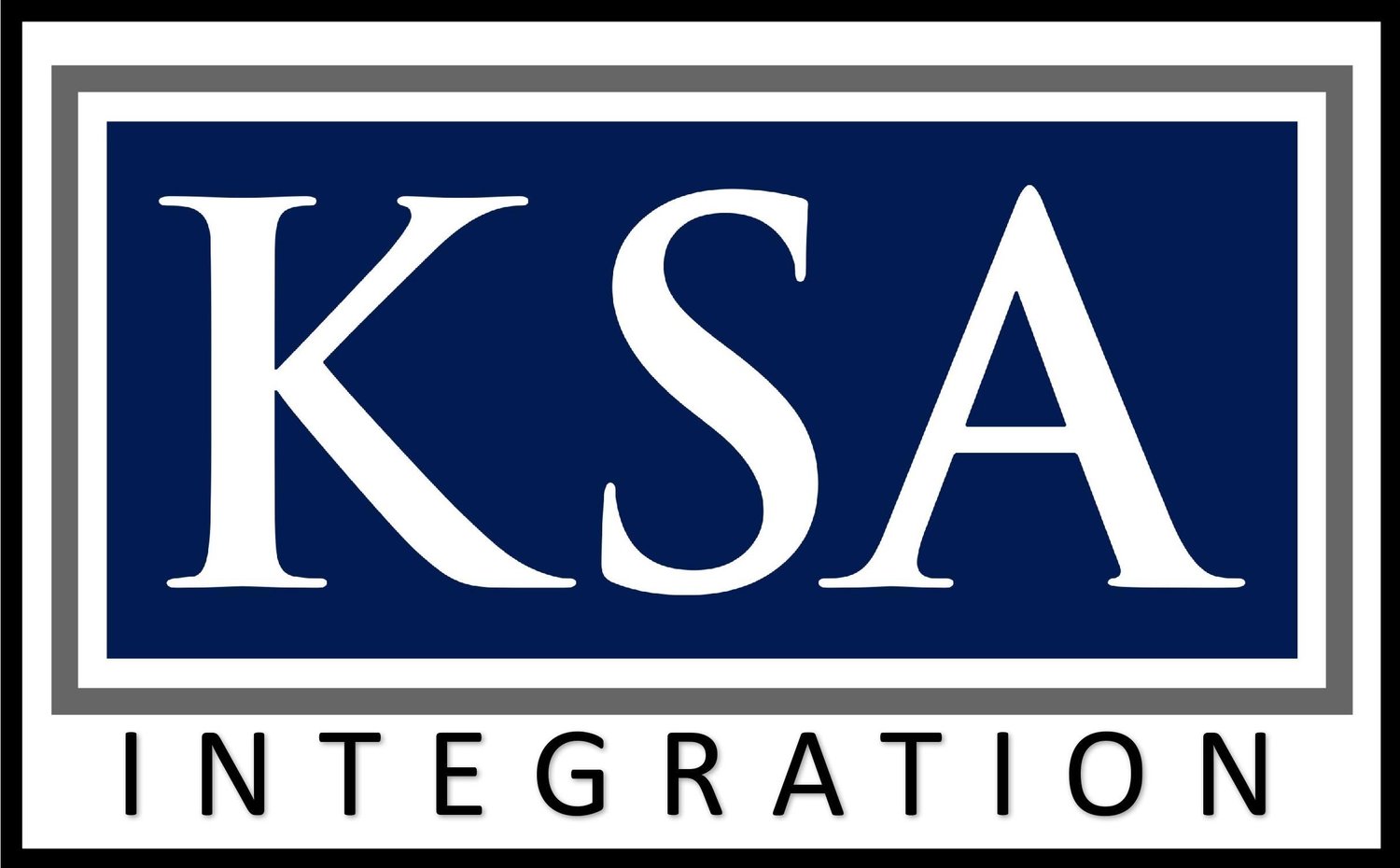Leaders and Innovation
- May 21, 2015
- Posted by: Keith Stalder
- Category: Leadership

“Creating a better future requires creativity in the present.” Matthew Goldfinger How do leaders understand and operationalize the business of adapting and innovating?
This is how:
- Understand the difference between adaptation and innovation. In the business of smart phones, Apple innovated, Samsung adapted. The difference really matters.
- Understand the forces acting on the organization’s domain, from now through the next five years; the external market and environmental forces and how they interact with the company’s mission and purpose. Given those external factors, what are the things the organization must do, should do, would like to do?
- Develop an organizational strategy (ends, ways, and means) to accomplish the things that the company must do to thrive for the next five years. A strategy that makes choices of what not to do.
- Create actionable organizational plans from the strategy.
- Talk with customers, get their feedback and understand their needs.
- Create an organizational culture that rewards innovation, adaptation, and change. Innovation can’t be “bolted on”, it has to be “built in”.
- Nurture environments where employees’ ideas can connect. Focused meetings, discrete study projects, well thought out projects from employees.
- Challenge authority and break rules, your own and others.
- Be willing to stop doing something old in order to do something new.
- Encourage genuine and informed debate through the company.
- Listen to the voices of change. Act on those voices. Reward and tolerate those who are different and speak up. Make sure that everyone does too.
- Challenge and check your organization’s assumptions. Are they (still) valid? If not, they represent risks to your planning and the company’s future.
- Create a responsive process to identify, promote, and operationalize the most promising innovations and adaptations. Personally promote this process. Use it, and be seen to champion it.
- Assess your innovation and adaptation against your strategy and planning. Did you do what you said you would? If not, why not? What do you need to do to get back on track? Then do that; or change your plan.
Innovation is the only insurance against eventual irrelevance and the only guarantee of long-term customer loyalty and success. It requires:
- the willingness and ability to collaborate and share ideas with other people
- talking to customers
- thought
- imagination
- hard work
- friction
- heat
- change
“You have to have a big vision and take very small steps to get there. You have to be humble as you execute, but visionary and gigantic in terms of your aspiration. In the Internet industry, it’s not about grand innovation, it’s about a lot of little innovations: every day, every week, every month, making something a little bit better.” Jason Calacanis
Keith Stalder, #49
Copyright © 2015 Keith Stalder & Associates, LLC. All rights reserved.
Keith Stalder has over 40 years of leadership experience in organizations from the very large and established to small technology start ups and everything in between. With a broad and deep appreciation for, and understanding of, the fundamental challenges of organizations and businesses, both in government and the private sectors, his passion is to help all organizations become all that they aspire to. He is the founder of Keith Stalder and Associates, LLC, a company dedicated to advancing organizational visions and fundamentally transforming how businesses everywhere are run. Visit www.ksaintegration.com for more information.
